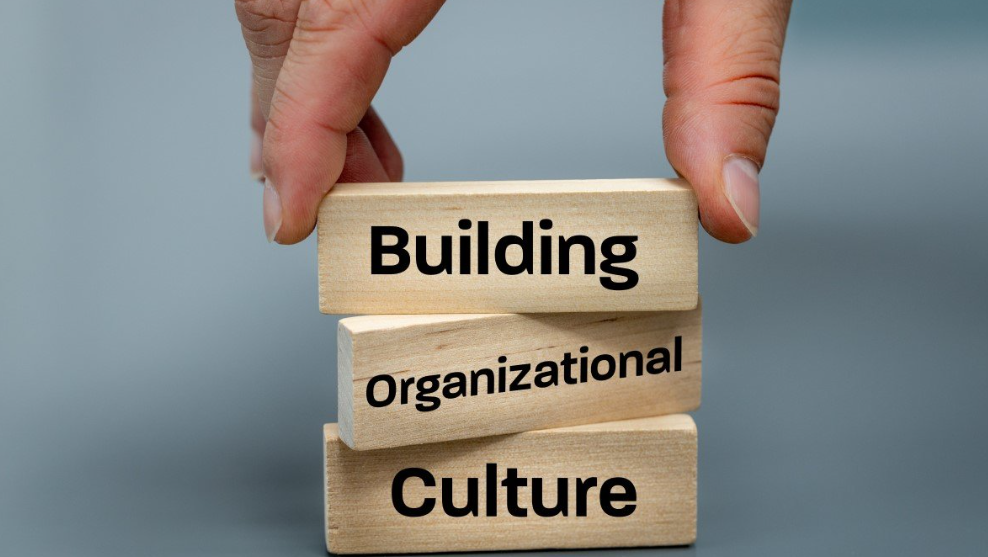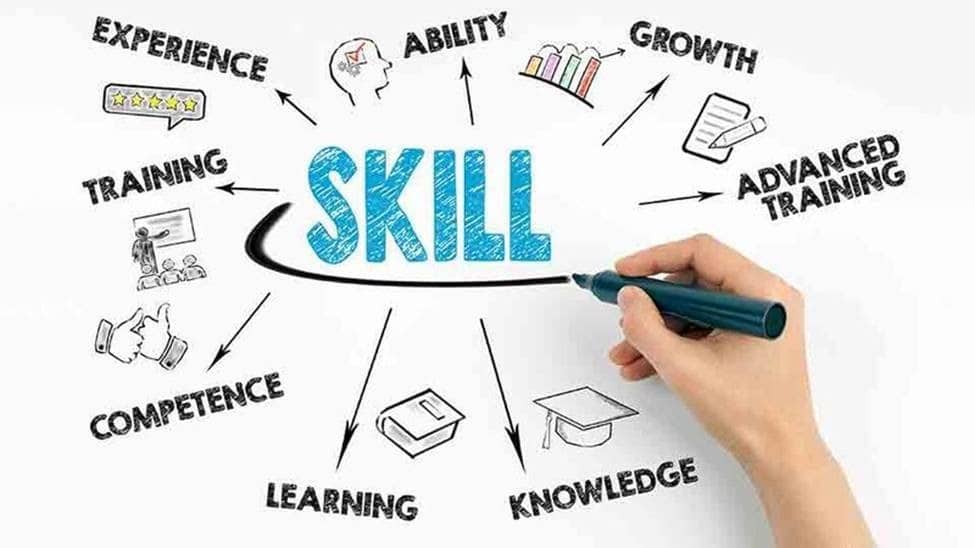Introduction:
In today’s competitive job market, attracting and retaining top talent is essential for the success of any organization. A critical aspect of this process is providing candidates with a seamless and positive experience throughout the application process. From the initial job search to submitting an application and receiving feedback, every interaction plays a significant role in shaping candidates’ perceptions of a company. In this blog post, we’ll explore the importance of delivering a seamless application process and how it contributes to improving the overall candidate experience.
The Importance of Candidate Experience:
Candidate experience refers to the interactions and perceptions that job seekers have throughout the recruitment process. It encompasses everything from the clarity of job postings to the responsiveness of recruiters and the efficiency of the application process. A positive candidate experience not only enhances an organization’s employer brand but also attracts top talent, reduces time-to-fill positions, and increases the likelihood of candidates accepting job offers. Therefore, investing in optimizing the application process is crucial for organizations looking to stand out in today’s competitive hiring landscape.
Streamlining the Application Process:
A seamless application process starts with a user-friendly career portal or job board that provides clear and concise job descriptions, requirements, and expectations. Candidates should be able to easily search for relevant positions, filter results based on their preferences, and access detailed information about each job opening. Additionally, the application form should be intuitive, mobile-friendly, and optimized for quick submission, minimizing barriers and friction points that could deter candidates from applying.
Utilizing Technology:
Technology plays a vital role in streamlining the application process and enhancing candidate experience. Applicant tracking systems (ATS) automate and streamline various aspects of recruitment, including job posting, resume screening, interview scheduling, and communication with candidates. Advanced ATS platforms offer features such as resume parsing, candidate scoring, and automated workflows, enabling recruiters to efficiently manage large volumes of applicants while providing personalized and timely communication at every stage of the process.
Providing Transparency and Feedback:
Transparency is key to fostering trust and engagement with candidates throughout the application process. Organizations should clearly communicate their recruitment process, timeline, and expectations to candidates from the outset. Additionally, providing regular updates and feedback to candidates, especially those who have progressed to later stages of the hiring process, demonstrates respect for their time and effort invested in the application. Constructive feedback, whether positive or constructive, helps candidates understand areas for improvement and enhances their overall experience with the organization.
Measuring and Improving:
Continuous monitoring and evaluation of the application process are essential for identifying areas of improvement and optimizing candidate experience. Organizations can leverage data analytics and candidate feedback surveys to gather insights into the effectiveness of their recruitment efforts, identify pain points or bottlenecks in the application process, and implement targeted improvements accordingly. By continuously iterating and refining the application process, organizations can ensure that they are delivering a seamless and positive experience for candidates.
Conclusion:
A seamless application process is a critical component of delivering an exceptional candidate experience and attracting top talent to organizations. By streamlining the application process, leveraging technology, providing transparency and feedback, and continuously measuring and improving, organizations can differentiate themselves as employers of choice in today’s competitive job market. Investing in optimizing candidate experience not only enhances recruitment outcomes but also contributes to building a strong employer brand and fostering long-term success.














